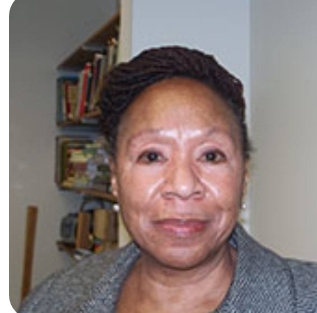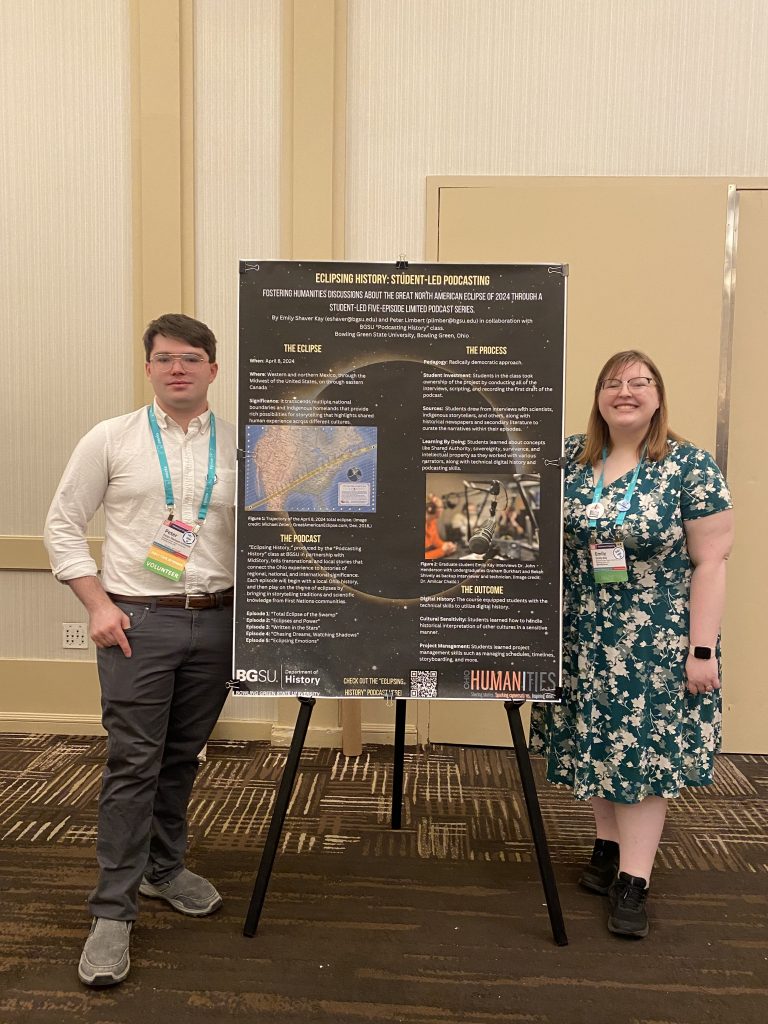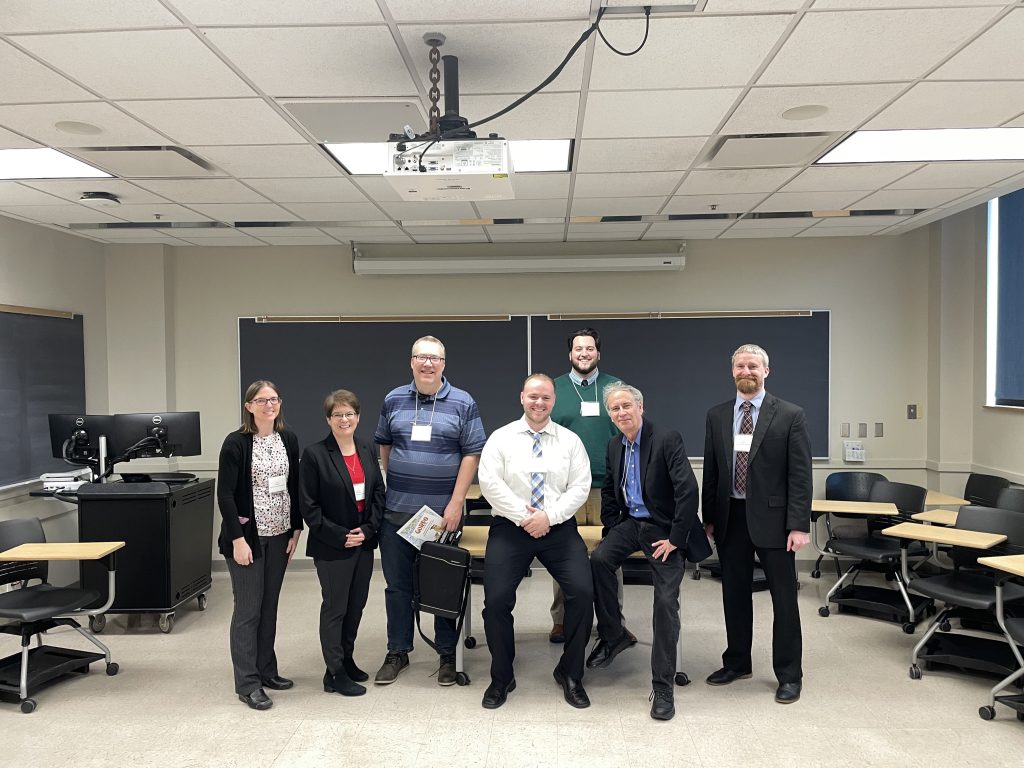Emeritus Professor Lillian Ashcraft-Eason was recently featured on WGTE’s All Things Considered in a special Radio Diaries segment highlighting the life and influence of Elder Lightfoot Solomon Michaux (1885–1968)—a charismatic African American minister whose national radio broadcasts made him one of the most prominent Black religious figures of his time.
Continue readingFrom Pulpit to Airwaves: Dr. Ashcraft-Eason on the Life and Legacy of Elder Michaux
26 Wednesday Mar 2025
Posted in Department News




